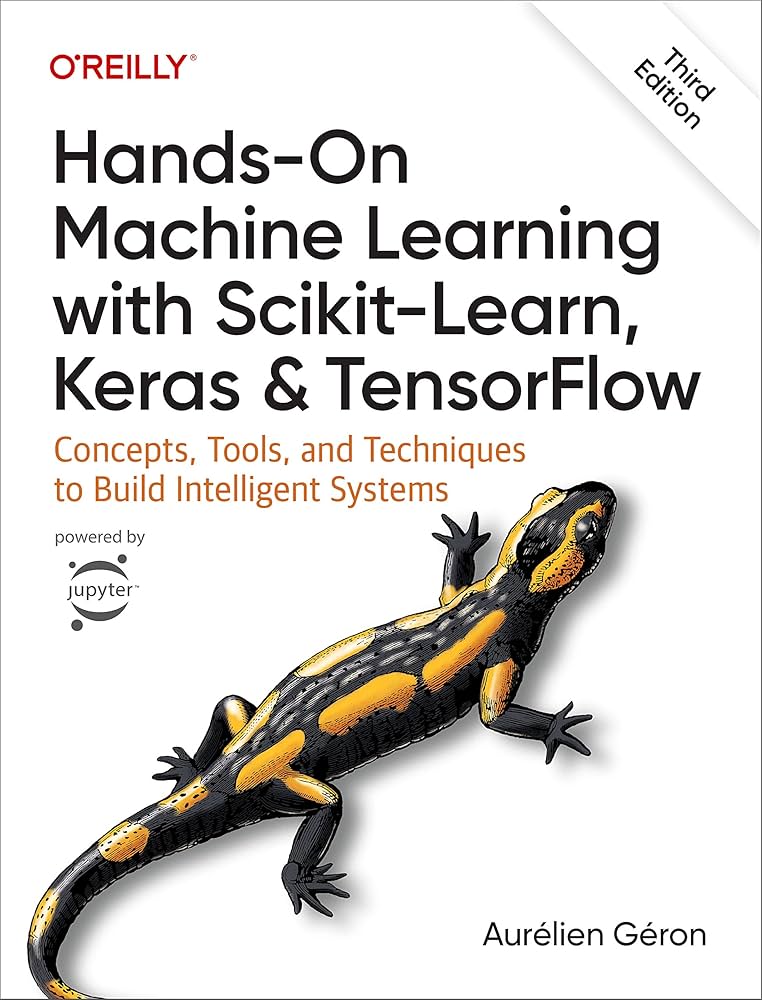In the rapidly evolving world of artificial intelligence and machine learning, staying updated with the latest tools, techniques, and trends is essential. One of the most highly recommended and widely used resources for learners and professionals alike is the Hands-On Machine Learning 3rd Edition by Aurélien Géron. This book, which builds upon the success of its previous editions, is a comprehensive guide that bridges the gap between theory and real-world implementation. Whether you’re a student, data scientist, or software developer looking to sharpen your skills, this book is a must-have in your collection.

What Makes the 3rd Edition Stand Out?
The Hands-On Machine Learning 3rd Edition brings a fresh perspective by covering modern machine learning techniques using Python and open-source libraries such as Scikit-Learn, Keras, and TensorFlow 2. This edition is fully updated to reflect the latest developments in the field, including coverage of cutting-edge techniques in deep learning, Natural Language Processing (NLP), Transformers, and Reinforcement Learning.
One of the major highlights of this edition is its hands-on approach. Readers are not just passive learners; they engage with the content by writing code, building models, and solving real-world problems. The book ensures that learners not only understand the theory behind machine learning algorithms but also learn how to implement them effectively.
Key Features of Hands-On Machine Learning 3rd Edition
- Comprehensive Coverage: The book covers everything from the fundamentals of machine learning to advanced deep learning models. Topics include classification, regression, support vector machines, decision trees, ensemble learning, neural networks, and unsupervised learning.
- Latest Technologies: The third edition includes updated content on state-of-the-art models like Transformers, BERT, and the architecture behind language models that power modern NLP systems.
- Practical Coding Examples: With code examples in Python using TensorFlow and Scikit-Learn, readers can follow along and apply what they learn immediately. This practical orientation makes complex concepts accessible.
- Real-World Projects: The book includes end-to-end projects that simulate real industry scenarios. These projects help readers gain the confidence to tackle machine learning problems in a professional environment.
- Focus on Explainability: This edition goes beyond building models; it also emphasizes understanding how models work and how to interpret their decisions—critical skills for deploying ML responsibly.
Ideal Audience
The Hands-On Machine Learning 3rd Edition is designed for readers with some experience in Python programming and a basic understanding of math and statistics. It is particularly valuable for:
- Data science and AI students
- Software developers transitioning into machine learning roles
- ML practitioners looking to deepen their knowledge of deep learning
- AI enthusiasts eager to stay updated with new frameworks and methodologies
If you’re looking for a single resource that combines depth, clarity, and practical insights, this book delivers all of that and more.
What’s New in This Edition?
Compared to the previous editions, the third edition comes with significant enhancements:
- Updated TensorFlow 2 code throughout the book for improved performance and cleaner syntax.
- In-depth explanation and hands-on examples using the Transformer architecture.
- Enhanced focus on deploying machine learning models in production environments.
- Additional exercises, quizzes, and projects that solidify learning outcomes.
- Better integration of Google Colab for an improved cloud-based learning experience.
These updates make the book highly relevant for the challenges and opportunities facing today’s ML practitioners.
Why Choose Hands-On Machine Learning 3rd Edition?
In a sea of machine learning books, Hands-On Machine Learning 3rd Edition stands out due to its clarity, structure, and emphasis on actionable knowledge. It’s not just about algorithms and math; it’s about understanding the entire lifecycle of machine learning projects, from data preprocessing to deploying deep learning models.
Unlike some books that either go too academic or remain too superficial, this edition finds the right balance. It provides strong foundational concepts while also diving deep into practical application—something that hiring managers, tech leads, and startup founders truly value.
Conclusion
The Hands-On Machine Learning 3rd Edition is more than just a textbook—it’s a powerful learning companion. It caters to the growing demand for practical machine learning knowledge and prepares you to tackle real-world AI problems with confidence. With its extensive examples, detailed explanations, and industry relevance, this book continues to be a top recommendation in the ML space.
If you’re serious about a career in machine learning, or simply want to enhance your AI literacy, investing in this book is a decision that will pay off many times over.
